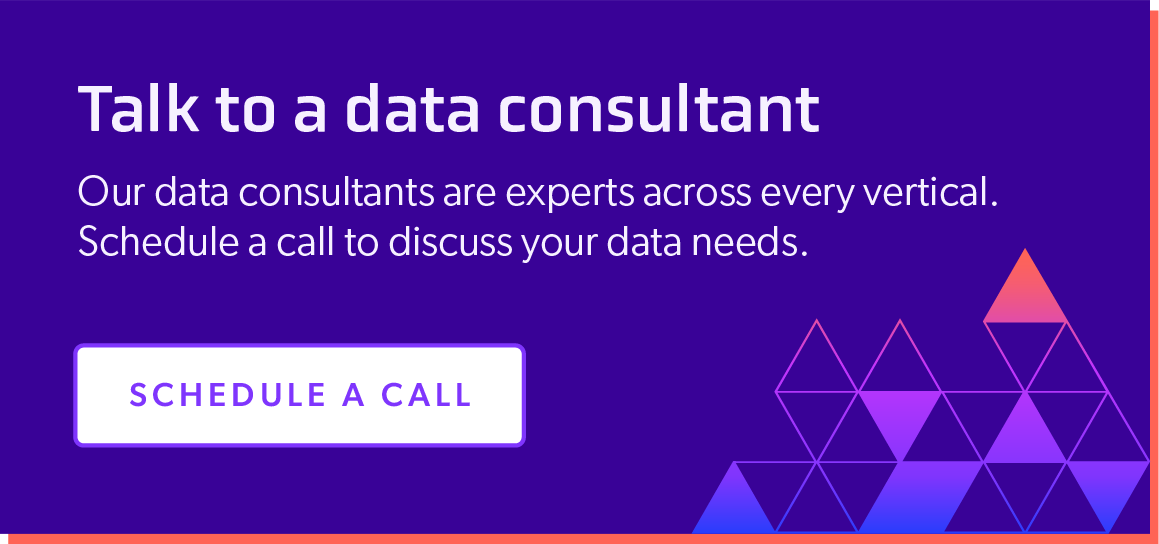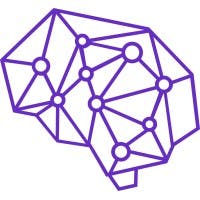
How Advanced HR Analytics Enhances Your HR Operations
February 17, 2022
Table Of Contents
In a recent report conducted by Entelo, most HR professionals surveyed report screening a pool of applicants at scale to be the most challenging part of their job. So, it should come as no surprise that 86 percent of companies invest in intelligence sourcing software to leverage the power of data to successfully manage and grow their employees. Yet, the data collection and maintenance itself is beginning to become a formidable challenge, even within largely successful companies.
HR analytics’ skyrocketing usage rate represents a shift in how companies utilize data to make better hiring decisions and improve employee performance.
This article will highlight everything you need to know about data-driven advanced HR analytics to maximize the value your team can extract from HR data, and take your HR management to the next level.
What Is Advanced HR Analytics and Why Does It Matter?
Advanced HR analytics is the concept of utilizing enriched HR-related data and applying a scientific methodology to measure, optimize, and improve HR practices within an organization for better business outcomes.
By applying this approach, HR professionals make more informed decisions that positively impact their overall performance, uncovering areas of improvement to promote workplace initiatives that bring positive change.
When it comes to HR analytics, the following terms take many meanings, but are play critical roles in HR success:
People Analytics tries to understand a person in their entirety, both in the workplace and outside of work, including (but not limited to) studying work-life balance, employee well-being, and bias.
Workforce Analytics examines employees in the workplace by analyzing how effectively work is done to improve productivity and streamline business processes. This includes morale gauged through methods such as surveys and observing metrics like first-year attrition rate.
Human Capital Analytics studies the overall value that people (human capital) contribute to an organization. That value is not necessarily tied exclusively to work output, also recognizing creativity, personal traits, and social network as assets that translate into monetary value.
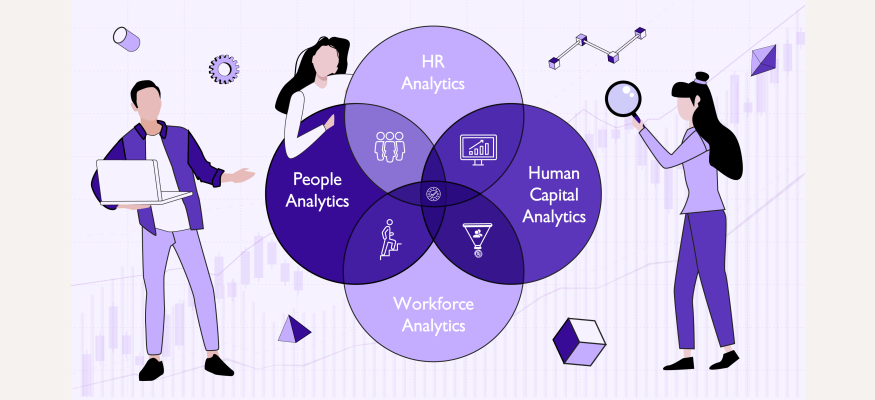
What Are the Benefits of Advanced HR Analytics?
HR analytics provides a broad range of benefits to organizations, regardless of their size or lifecycle stage.
Its primary benefit is that advanced HR analytics more efficiently reduces the amount of guesswork in human resource management by identifying data-driven ways to optimize processes. From identifying the most optimal headcount to analyzing overtime patterns, companies can confidently make decisions based on the solid footing of data science to support them.
However, companies struggle with the collection and maintenance of the large volumes of data required for effective HR analytics. We are seeing a trend in companies' behavior as the digital world scales from in-house data interaction to now a network of data exchanges to attain desired success.
Below, we elaborate on the unique benefits of implementing HR analytics.
1. Improve Talent Acquisition of Top Candidates
Obviously, better investment in HR improves the attractiveness of your company to top talent, but employee acquisition aside, it’s important to consider:
Companies lose $14,900 on every hire that ends up being a poor fit.
Top candidates are only on the market for an average of ten days.
This high-risk and brief timespan combination means leveraging HR Analytics is a must to hire top-tier talent in today’s fast-paced digital world.
HR analytics utilizes the power of data science to improve the entire talent acquisition process.
By combining recruitment data and HR analytics, you can understand which candidate traits correlate with high performance for each position in your organization.. If you are already attempting this manually, HR analytics automates the process to where it takes seconds rather than weeks of work.
2. Increase Staff Retention & Employee Experience
HR analytics helps develop policies that lead to higher job satisfaction and retention among your employees.
Using a mix of operational, historical, and internal data to glean a complete picture of employee behavior and performance, companies can find data-driven insights to improve employee morale and loyalty, leading to higher productivity.
By clearly understanding what causes employees to leave, business leaders can adjust the workflow and structure the onboarding process to reduce employee turnover significantly.
3. Accurately Identify Skill Gaps to Increase Productivity
Companies often rely on feedback from managers to acquire information about various skill gaps within the organization that are hurting productivity. However, this approach tends to backfire since it relies on the managers to accurately gauge the most significant needs, often leading to human error of biased decision-making.
With HR analytics, you can utilize data to identify where the skills of your workforce fail to align with the skills needed for core responsibilities, and use this information to inform your next hire priorities.
By gaining deeper insight into the efficiency of day-to-day operations, companies can minimize unnecessary distractions, reduce management meetings, and eliminate roadblocks preventing employees from reaching peak performance.
The Challenges of Using HR Analytics to Drive Decisions

As powerful as HR analytics is for driving meaningful results for organizations, the actual process of implementing it entails overcoming a set of challenges that, if left unaddressed, may lower the ROI of HR analytics, and even lead to harmful decisions within your organization:
1. Consolidating Data from Different Departments and Third-party Sources
HR analytics entails consolidating massive amounts of people data from all departments within the organization and integrating external, third-party data.
For small and mid-sized companies, that might not be a severe impediment, since the overall size of the dataset may be relatively small. However, as they try to scale, it's common for each department to collect, process, store, and report data differently.
Having the specialists and tools in place to seamlessly consolidate, unify, and analyze data from different sources is a core challenge that you have to consider from early on.
2. Security, Privacy, and Compliance Challenges
Any sensitive information of your candidates and employees must be protected - and, ideally, encrypted - in a place where malicious parties can't access.Otherwise, you expose your organization to data breaches that lead to substantial financial, reputational, and legal complications.
For starters, it's imperative to ensure that you meet all regulatory and compliance standards related to the process of collecting, storing, and analyzing your HR data.It's recommended to consult your legal team to examine what state, federal, and international laws apply to your organization before starting the process into HR analytics.
Learn more about this with our Data Privacy and Compliance guide.
3. Insufficient IT Resources
Working with large volumes of data required for advanced HR analytics is a resource-intensive process that requires a solid IT infrastructure.From setting up databases to managing the existing records, each step of the way takes a specialized, trained workforce and financial resources.
Major corporations rely on the combination of internal resources and third-party vendors to set up and maintain their HR analytics machine. Luckily, with DaaS vendors becoming more necessary for business efficiency, businesses are not alone when it comes to tackling their data problems.
4. Inability to Access Quality Data
Organizations often end up collecting large amounts of excessive data without a clear understanding of how to prioritize it to achieve meaningful results.
In HR analytics, your insights are only as good as your data. That's why it's critical to rely on fresh, accurate, and quality people data.
Companies like People Data Labs ensures that the data HR professionals use can be trusted and is as accurate as possible.
Read our article, Why Proper Data Sourcing is Critical for Business Scalability, to learn more.
5. Potential Data Bias
When your organization decides to start measuring its HR-related processes, potential bias must be at the forefront of every analysis.For instance, you may decide that the structure of your offer may cause low offer acceptance rates, whereas the real issue may lie in your interviewing process.
Bias in data can lead to incorrect conclusions and result in decisions that do more harm than good to your business.
How to Capture HR Analytics Data
Data is at the core of HR analytics. To fully unleash its power, organizations use large volumes of data to ensure the high accuracy of their findings.
To address that need, HR analytics relies on different types of data that can be broken down into two major categories: internal and external data.
Internal data
Internal data refers to any data collected within the organization.
Internal data is typically captured using an HRIS system and specialized HR software.
Examples include:
Employee compensation represents salary, bonuses, and other benefits that each employee receives.
Employee training records contains evidence of employees attending training as well as their performance during the courses.
Performance appraisal data represents any feedback related to the performance of a given employee.
Data on high-potential employees entails any records tied to the most promising employees within the organization.
Disciplinary action records store all cases of responding to an employee’s misconduct.
External data
External data is collected from other departments outside the organization and through third parties.
This type of data is critical as it helps fill the gaps in internal HR data, making it easier to see dependencies and understand how macro factors impact internal processes.
Examples include:
Financial data contains any information related to the financial health of an organization.
Organization-specific data represents any information related to operations and internal processes.
Third-party data entails any data obtained outside the organization, from social media platforms to B2B data vendors.
Historical data entails macro trends and patterns that affect the state of work.
Read More: 5 Key Talent Acquisition Strategies for Hiring Better Candidates
The Best Tools for Advanced HR Analytics
Let's look at some actionable tips to help you get started with HR analytics right away.
This section maps out some of the best tools for Advanced HR Analytics. We separated tools into three categories: data collection, storage, and visualization, corresponding to the areas of HR analytics that organizations tend to find the most challenging.
Data Collection
Data collection is all about gathering large volumes of accurate people data to use as the foundation for analysis.
While there are many tools available on the market, two of them stand out from the crowd.
Winner: People Data Labs
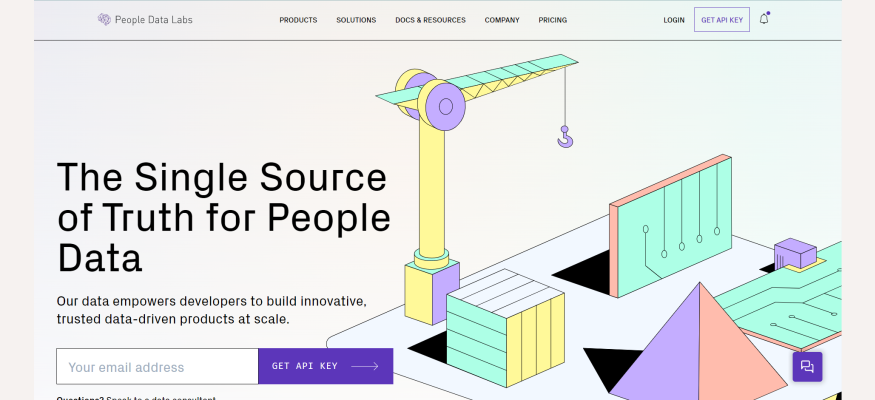
People Data Labs provides fresh and accurate people data for organizations of all sizes, from small businesses to Fortune 500 corporations.
PDL’s database offers more than 3 billion records and over 150 fields to provide some of the world’s most advanced candidate enrichment and talent acquisition solutions for HR teams.
Runner-up: ZoomInfo
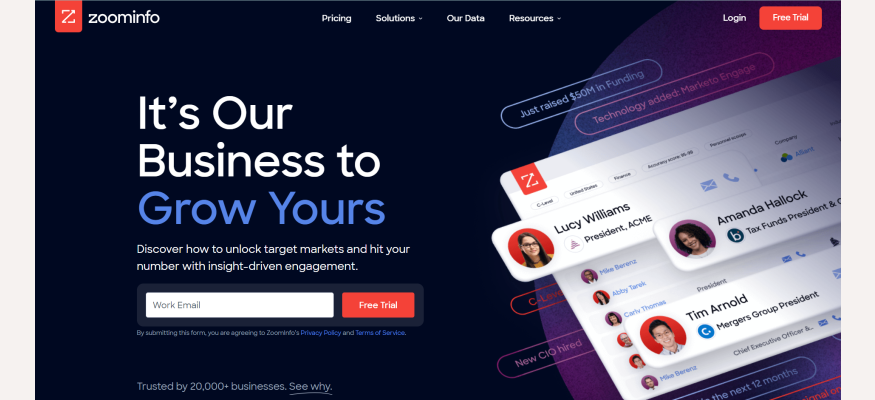
Zoominfo is a company that offers B2B intelligence and company information to help businesses leverage the power of big data.
This tool has an easy-to-use interface and is a great option when it comes to expanding your talent pool.
Data Storage
Since HR analytics entails operating with large data sets, it's crucial to have the infrastructure in place to store them safely.
With the help of these tools, you can seamlessly accumulate data for deeper insights.
Winner: Google BigQuery
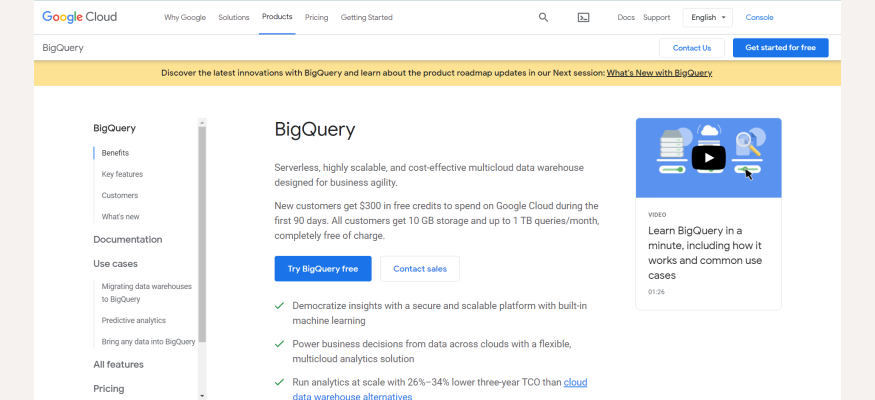
Google BigQuery is a scalable, petabyte-scale data warehouse that enables analytics at a massive scale for a low cost.
With BigQuery, you can analyze terabytes of data in seconds, using standard SQL.
Runner-up: Azure SQL Database
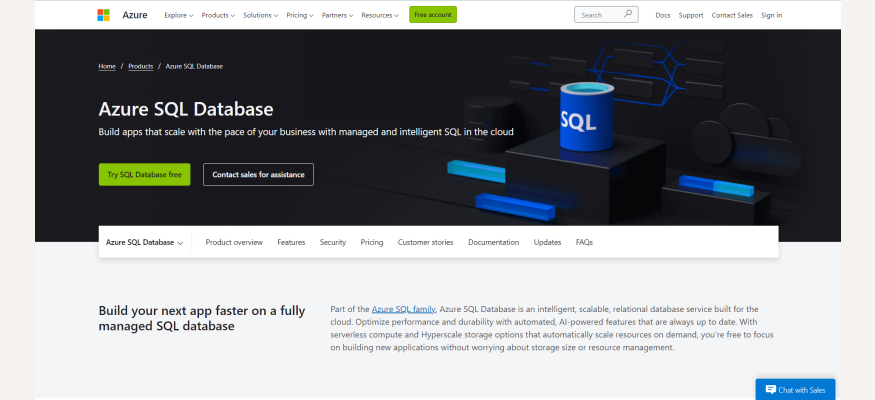
Azure SQL Database is a fully managed and hosted relational database with built-in intelligence in the cloud.
Using Azure SQL Database, you can easily design, deploy, operate, and scale relational databases in the cloud.
Data Visualization
Data visualization is necessary for interpreting data and communicating it to others.
Additionally, data visualization can detect patterns in data that are not otherwise apparent, and is an effective way to communicate complex information because so many people are visual learners.
And these two tools will help you enhance your data visualization game.
Winner: Google Data Studio
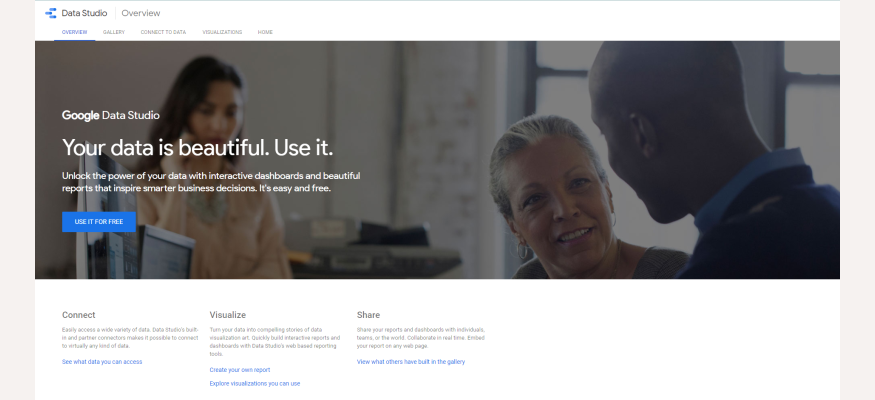
Google Data Studio is a data visualization and reporting tool that helps bring data from multiple sources and visualize it using a wide range of powerful tools.
It’s free, intuitive, and easy to use, making it an excellent option for small and large teams alike.
Runner-up: Tableau

Tableau is software that can be used to create visualizations and other data-driven content.
It makes it possible to pull data from cloud databases or other data sources, such as Excel files, to generate charts, graphs, and reports to present your findings in a digestible way.
How to Get Started With HR Analytics
To help you apply what you learned right away, this section provides some recommendations regarding how to approach implementing HR analytics into your organization.
Get All Employees on Board
People react to change in different ways, so don't be surprised when some employees may not be in love with the idea of implementing a data-driven decision engine right away.For that reason, it's essential to clearly communicate the value of HR analytics to the entire organization from day one.
That way, you will promote collaboration and open communication to improve your modeling, and avoid the scenario where employees may treat your efforts as an attempt to micromanage processes or dehumanize your HR department.
Get Data Scientists Involved
Ideally, you need to get a data scientist involved to ensure the accuracy of your statistical models and projections. With their unique set of skills, you can manipulate HR data in various ways to get the most out of HR analytics.
Knowing how to ask the right questions is just as important as relying on accurate data.
Secure Early Wins
To get C-suite buy-in, focus on securing those small wins first to drive meaningful business results for an organization.This way, you can gradually implement new changes to the workplace that truly move the needle without stressing employees or taking unnecessary risks.
Consult with the Legal Team
The data you’ll be working with is likely to include sensitive information about the people within your organization.
Before you start implementing the techniques covered in this guide, get clearance from the legal department to ensure you don’t violate any data protection or compliance regulations.
Implement Advanced HR Analytics for Your Organization
With advanced HR analytics, you no longer have to rely on your gut feeling when managing your workforce.Instead, you can make data-driven decisions that truly move the needle.
The effectiveness of HR analytics is only as good as your data, so partnering with reliable data vendors is critical to the long-term success of your HR teams.
People Data Labs provides talent acquisition and candidate enrichment solutions to help organizations of all sizes supercharge their HR processes.
Ready to get started? Reach out to our team today for a free consultation.
Like what you read? Scroll down and subscribe to our newsletter to receive monthly updates with our latest content.
